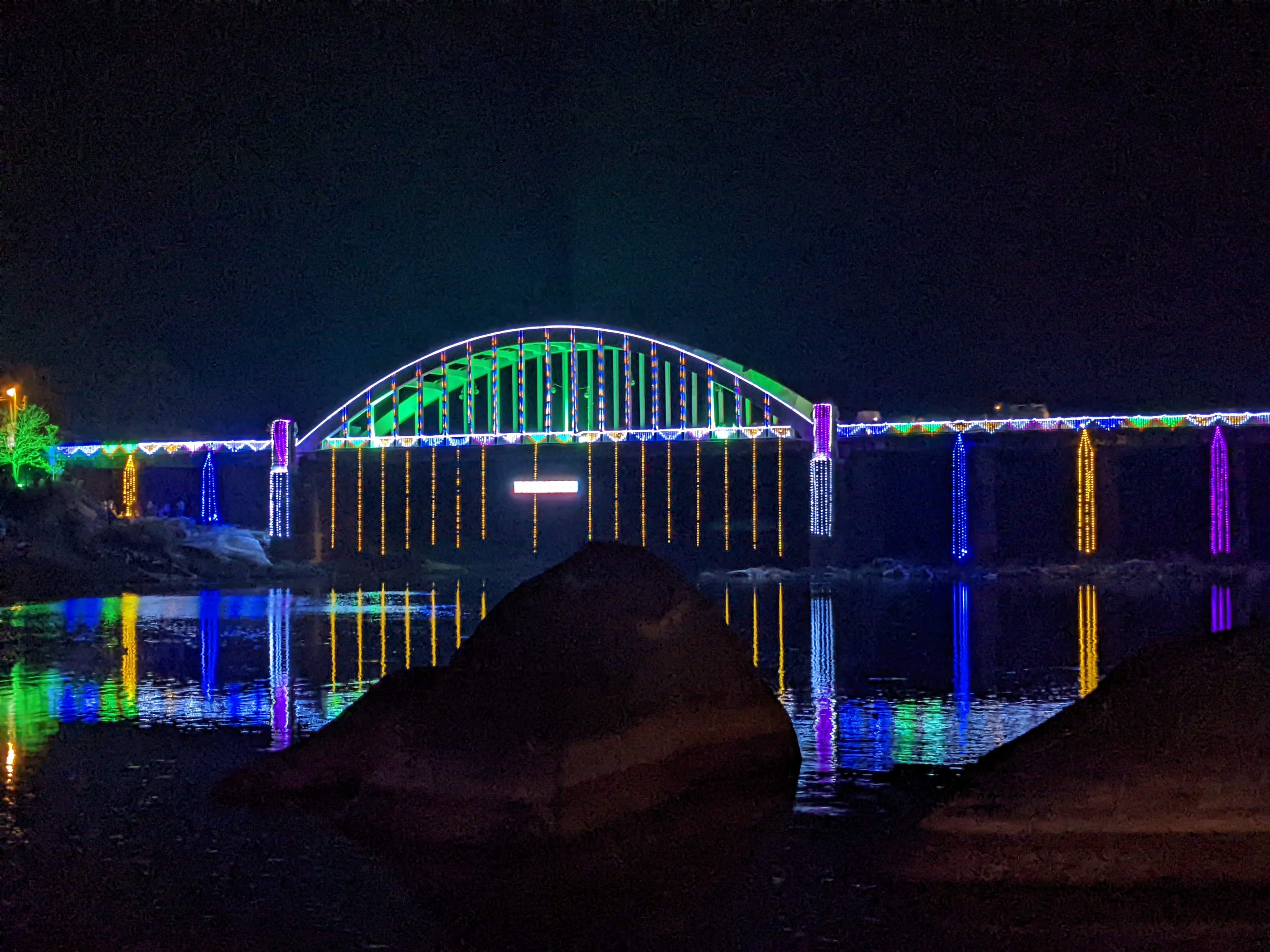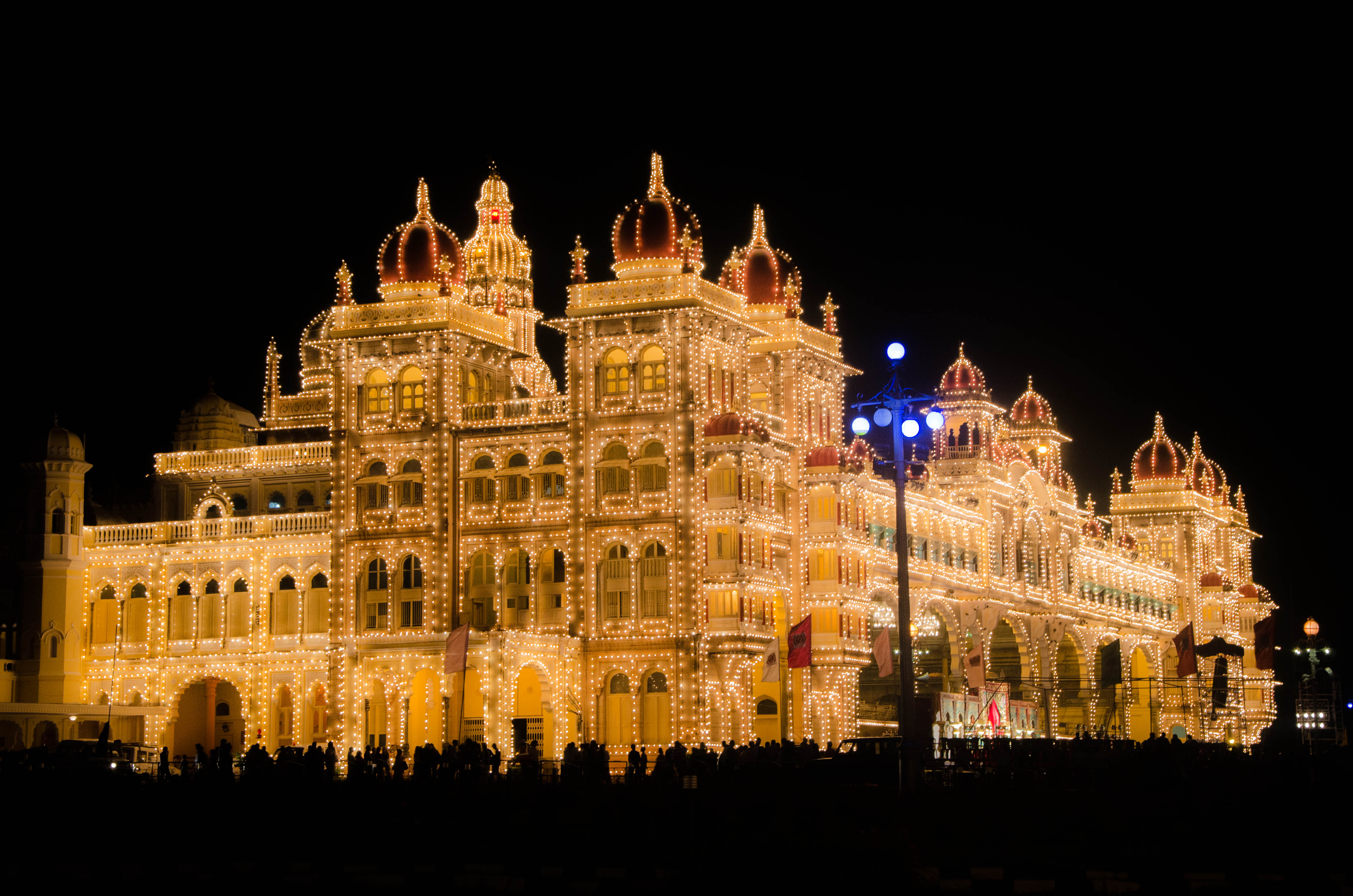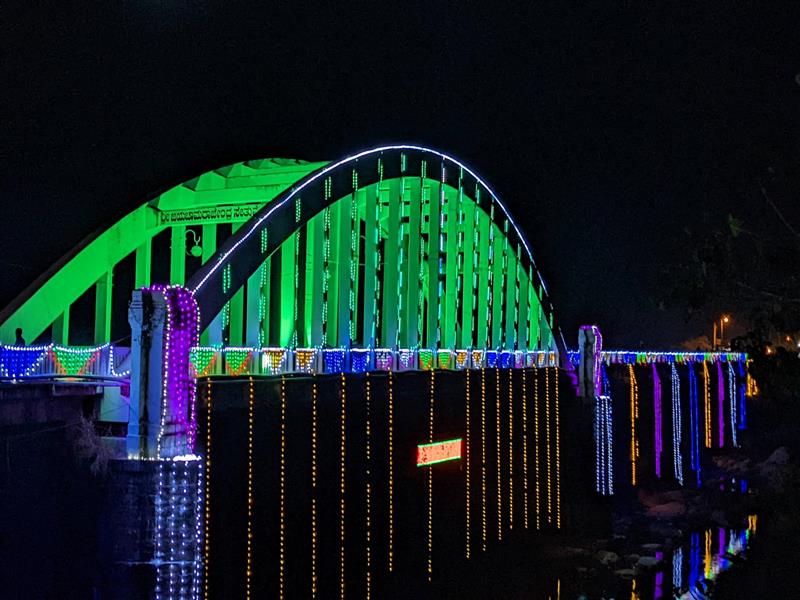Nestled in the serene Western Ghats of Karnataka, Shivamogga, often referred to as the “Gateway to the Malnad Region,” is a treasure trove of natural wonders, rich history, and vibrant culture. Whether you are an adventure enthusiast, a nature lover, or a culture seeker, this charming town has something special for everyone. From cascading waterfalls to ancient temples and lush green landscapes, Shivamogga is the perfect destination for an unforgettable travel experience.
A Glimpse of Shivamogga’s History
Shivamogga, also known as Shimoga, was once the capital of the Kadamba dynasty and holds a rich historical significance. The town’s name is believed to have originated from the words “Shiva” (the Hindu god) and “Mogga” (meaning face), referring to the face of Lord Shiva. The town has evolved over centuries and was an important center for trade, agriculture, and culture.
While modern Shivamogga may have developed into a bustling urban hub, it retains its old-world charm, with colonial-era buildings, narrow streets, and traditional markets. Exploring the town is like stepping back in time, while simultaneously enjoying the conveniences of the present.
Natural Wonders That Will Leave You Spellbound
One of Shivamogga’s most striking features is its stunning natural beauty. The town is surrounded by thick forests, towering hills, and picturesque waterfalls that make it a paradise for nature lovers.
1. Jog Falls: The Majestic Cascade
No trip to Shivamogga is complete without visiting Jog Falls, one of India’s highest waterfalls. Located around 30 kilometers from the town, Jog Falls is a mesmerizing sight, especially during the monsoon season when the water flows with tremendous force. The waterfall, formed by the Sharavathi River, plunges from a height of 253 meters and creates a magnificent spray, making it a sight to behold.
But Jog Falls is more than just its height—it is a living spectacle that changes depending on the season. In the monsoons, the waterfall is a thunderous roar of water crashing down in all its might, creating a mist that can be felt from the observation decks. During the dry season, the waterfall may be reduced to a trickle, but the surrounding landscape still remains lush and green, offering a peaceful retreat for nature lovers.
There are several viewpoints from which you can admire the grandeur of Jog Falls, with the most popular being the one that allows you to see the full height of the falls. If you’re an adventurer, you can trek down to the base of the falls (though it’s quite steep and challenging), where you’ll feel the cool spray of water and hear the roar up close.
2. Agumbe: The Sunset Paradise
Often referred to as the “Cherrapunji of the South,” Agumbe is a small village located just an hour’s drive from Shivamogga. Known for its lush forests, tranquil environment, and breathtaking sunsets, Agumbe is perfect for those who enjoy nature walks and photography. The village is also home to the famous Agumbe Rainforest Research Station, which plays a crucial role in the study and conservation of the Western Ghats’ unique biodiversity.
Agumbe is one of the wettest places in India, receiving an annual rainfall of over 7,000 millimeters. This rich moisture nourishes a vibrant rainforest ecosystem, home to various species of flora and fauna, including the endangered King Cobra. The village offers multiple trekking routes through the dense forests, including the well-known Sunset Point, where you can witness the sun setting behind the Western Ghats, casting a golden glow across the hills.
Agumbe’s sunsets are legendary, and many visitors say that watching the sun dip below the horizon is a transformative experience, leaving one with a sense of peace and awe. The atmosphere is calm and quiet, a true escape from the hustle and bustle of city life. If you’re lucky, you may spot the elusive King Cobra, which is native to this region.
3. Tunga River: Tranquil Waters and Scenic Views
The Tunga River, which flows through the town of Shivamogga, is a sight to behold, especially during the monsoon season. The river’s tranquil waters and surrounding greenery create a peaceful ambiance perfect for boat rides and leisurely walks along the banks.
The Tunga River is significant not just for its beauty but for its role in local traditions and spirituality. Several temples are located along its banks, offering a serene atmosphere for visitors to reflect and connect with the divine. The region also features Bhadra Reservoir, where you can enjoy a boat ride while taking in the views of the surrounding hills and lush forests.
The river holds an important place in Hindu mythology as it is associated with the legend of the river goddess Tunga. As the river winds through the town, it offers beautiful spots for picnics, riverbank walks, and wildlife observation.
Cultural Heritage: Temples and Traditions
Shivamogga’s rich cultural heritage is rooted in its numerous ancient temples, each with its own unique architecture and historical importance.
1. Keladi Temple: The Seat of the Keladi Kings
The Keladi Temple, located around 22 kilometers from Shivamogga, is an iconic structure that once served as the seat of the Keladi kings, who ruled the region during the 16th century. The temple complex is a beautiful mix of Dravidian and Kadamba architectural styles, and its intricate carvings and inscriptions provide insight into the region’s royal history.
The temple is dedicated to Lord Shiva and features a serene atmosphere that makes it an ideal spot for reflection and spiritual contemplation. The Keladi Rameshwara Temple is famous for its ornate stone pillars and the beautiful stone chariot in the complex, which is a stunning example of the craftsmanship of the period. The temple also offers a glimpse into the cultural fusion of the Dravidian and Hoysala traditions.
2. Sakrebailu Elephant Camp: A Close Encounter with Elephants
For those looking to experience a unique cultural encounter, the Sakrebailu Elephant Camp is a must-visit. Located near the Tunga River, this camp is home to a number of elephants, many of which have been rescued and rehabilitated. Visitors can enjoy interacting with these majestic creatures, feeding them, and even bathing them in the river, providing a once-in-a-lifetime experience.
The Sakrebailu Elephant Camp offers a perfect blend of wildlife and culture. It’s not just about observing elephants; visitors can learn about the daily rituals involved in caring for the elephants, their training, and conservation efforts. The camp also organizes elephant rides, making it a fun and educational outing for families and wildlife enthusiasts. The elephants here are well-treated and interact with visitors in a friendly and safe manner, offering unforgettable memories.
Adventure and Thrills: A Playground for Explorers
If you’re an adventure seeker, Shivamogga will not disappoint. With its hills, rivers, and forests, the town offers ample opportunities for trekking, camping, and wildlife spotting.
1. Bhadra Wildlife Sanctuary: A Haven for Wildlife Lovers
The Bhadra Wildlife Sanctuary, located around 38 kilometers from Shivamogga, is a haven for wildlife enthusiasts. The sanctuary is home to a wide variety of flora and fauna, including tigers, leopards, elephants, and several species of birds.
The sanctuary offers both jeep safaris and nature walks, giving visitors the chance to spot wildlife in their natural habitat. The Bhadra River, which flows through the sanctuary, adds to the beauty and tranquility of the area, making it an ideal destination for nature lovers. The sanctuary is a part of the Project Tiger initiative and is a significant location for the protection of the Bengal tiger.
2. Trekking at Koodli and Kavaledurga Fort
For those who enjoy trekking, Koodli and Kavaledurga Fort are ideal destinations. Koodli, located at the confluence of the Tunga and Bhadra Rivers, is a quiet and peaceful place, perfect for a day of exploration. The Kavaledurga Fort, perched atop a hill, offers a challenging trek that rewards visitors with panoramic views of the surrounding region.
Kavaledurga Fort, though in ruins, still exudes a sense of grandeur and history. As you climb to the top, you’ll pass through dense forests and rocky terrain, and once you reach the summit, the view of the Western Ghats in the distance will make the effort worthwhile.
Frequently Asked Questions (FAQs)
1. What is the best time to visit Shivamogga?
The best time to visit Shivamogga is from October to February, when the weather is cool and pleasant. If you’re interested in seeing the waterfalls at their fullest, the monsoon season (June to September) is also a great time, though it can make some roads slippery and harder to access.
2. How far is Shivamogga from Bengaluru?
Shivamogga is approximately 275 kilometers from Bengaluru, which is around a 5-6 hour drive. It can be accessed via road, train, or by flights to Mangalore, followed by a short drive.
3. Are there any direct flights to Shivamogga?
While Shivamogga has its own airport (Shivamogga Airport), it currently has limited flights, primarily connecting to Bengaluru. The nearest major airport is Mangalore International Airport, about 170 kilometers away.
4. What are the must-try foods in Shivamogga?
Shivamogga is known for its Malnad cuisine. Don’t miss dishes like akki rotti (rice roti), neer dosa (thin rice crepes), and koli curry (spicy chicken curry). Try the local jackfruit and banana dishes, which are often featured in meals.
5. Can I visit Shivamogga during the monsoon season?
Yes, visiting during the monsoon can be an exciting experience, especially if you’re keen on seeing the waterfalls in their full glory. However, be prepared for heavy rainfall, slippery roads, and possible access restrictions to some areas.
Where to Stay and What to Eat
Shivamogga offers a variety of accommodation options to suit different budgets. From budget-friendly guesthouses and homestays to luxurious resorts, there are plenty of places to relax and unwind after a day of exploration. For a truly local experience, consider staying at a homestay where you can enjoy traditional Malnad cuisine and interact with friendly locals.
Speaking of food, the culinary delights of Shivamogga are sure to tantalize your taste buds. The region is known for its unique Malnad cuisine, which includes dishes like akki rotti (rice roti), neer dosa (thin rice crepes), and koli curry (spicy chicken curry). The town’s markets are brimming with fresh local produce, including bananas, jackfruits, and betel leaves, which are essential ingredients in many local delicacies.
Conclusion: Why Shivamogga Should Be on Your Bucket List
Shivamogga is a destination that promises to surprise and delight visitors with its natural beauty, rich history, and vibrant culture. Whether you’re soaking in the view of Jog Falls, exploring ancient temples, or spotting wildlife in the Bhadra Sanctuary, this quaint town offers something for everyone. So pack your bags and get ready to explore Shivamogga — a hidden gem in the heart of Karnataka!

 Visiting Mysore with a Baby: Top Attractions and Must-Visit Places
Visiting Mysore with a Baby: Top Attractions and Must-Visit Places